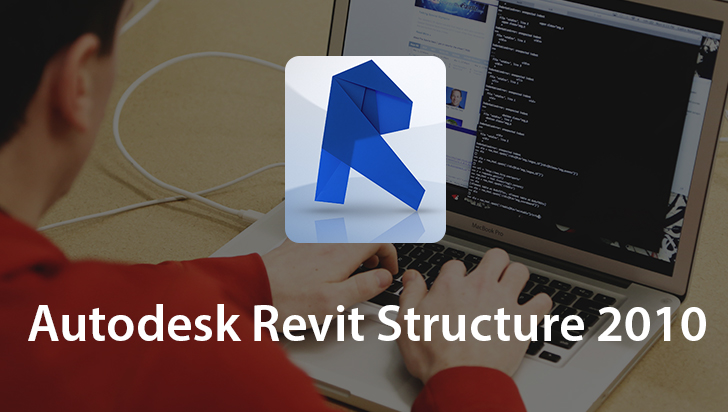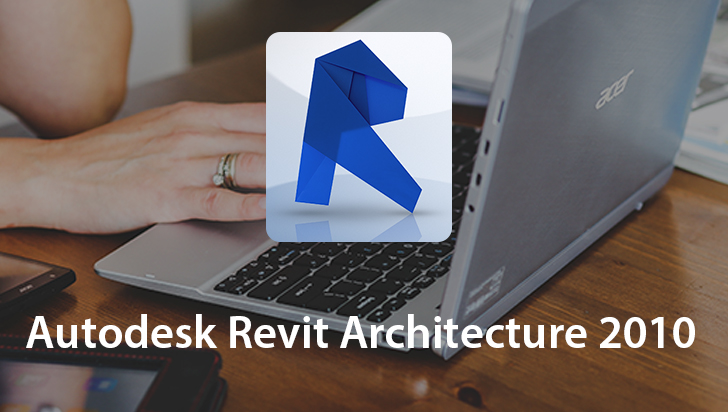Autodesk Revit MEP 2010 Course
This Course can only be played using a subscription. You can play only first 3 chapters for free. Click Here to avail a subscription
Autodesk Revit MEP software's modeling and layout tools enable you to create mechanical, electrical, and plumbing systems more accurately and with greater ease. Architects, structural engineers, and mechanical, electrical, and plumbing engineers can more effectively collaborate and interact based on workflow and project requirements. VTC author, Temesgen Hussein, introduces viewers to the MEP engineering workflow, initially demonstrating how to effectively modify views and execute common tasks. Learn how to add mechanical equipment, create piping systems, automatically and manually layout and inspect piping, add valves, define required lighting, create color fills, place light fixtures and much, much more. To begin learning today, simply click on the movie links.
Hi. This is VTC's course, Introduction to Autodesk Revit MEP 2010. In this course you will learn how to design a Building Information Model in Revit MEP. The technical training facility you will design was a product of a design competition in Munich, Germany. The lessons in this course are designed to follow the typical mechanical, electrical and plumbing engineering workflow. In the process you will complete the following phases of design. You will import the architectural floor plan in either a 2D DWG format, or a 3D RVT format. You will add basic MEP elements such as duct, fixtures and piping. You will add more detailed modeling elements, such as mechanical equipment, electrical panels and plumbing fixtures. You will analyze systems and refine MEP elements. You will create schedules, views and sheets to document the project and you will create detail views, annotations and tags. The lessons are designed to be basic and brief. You will not design entire systems, but only enough of a system to learn how to use the tools and options in the product. For example, when you add duct work you will only draw the duct in one wing of the building. When you open a training file you may notice that MEP elements are included that were not specifically added in a previous lesson. For example, to provide a richer and more finished design elements such as additional duct work and equipment are incorporated into subsequent training files. These elements will enhance the exercises you complete. Let's set up the training files shortcut. On the Recent Files window that displays when you first launch Revit MEP, under Projects click Open. Then, in the Open dialog browse to the location where you saved the training files. On Windows Vista this location is under C, Program Data, Autodesk, RME 2010. On Windows XP this location is C, Documents and Settings, All Users, Application Data, Autodesk, RME 2010. Double-click the Training Files folder, then click on the Tools drop-down and select Add Current Folder to Places. That will add a shortcut to the Training Files in the left side of the Open dialog, which is the Places List, then, click Cancel. Then, on the Revit dialog that asks if you'd like to save the changes you made to the Places List click Yes. And that concludes this lesson.
- Course: Autodesk Revit MEP 2010
- Author: Temesgen Hussein
- SKU: 34094
- ISBN: 1-936334-06-2
- Work Files: Yes
- Captions: No
- Subject: CAD
- The first 3 chapters of courses are available to play for FREE (first chapter only for QuickStart! and MasterClass! courses). Just click on the movie link to play a lesson.

